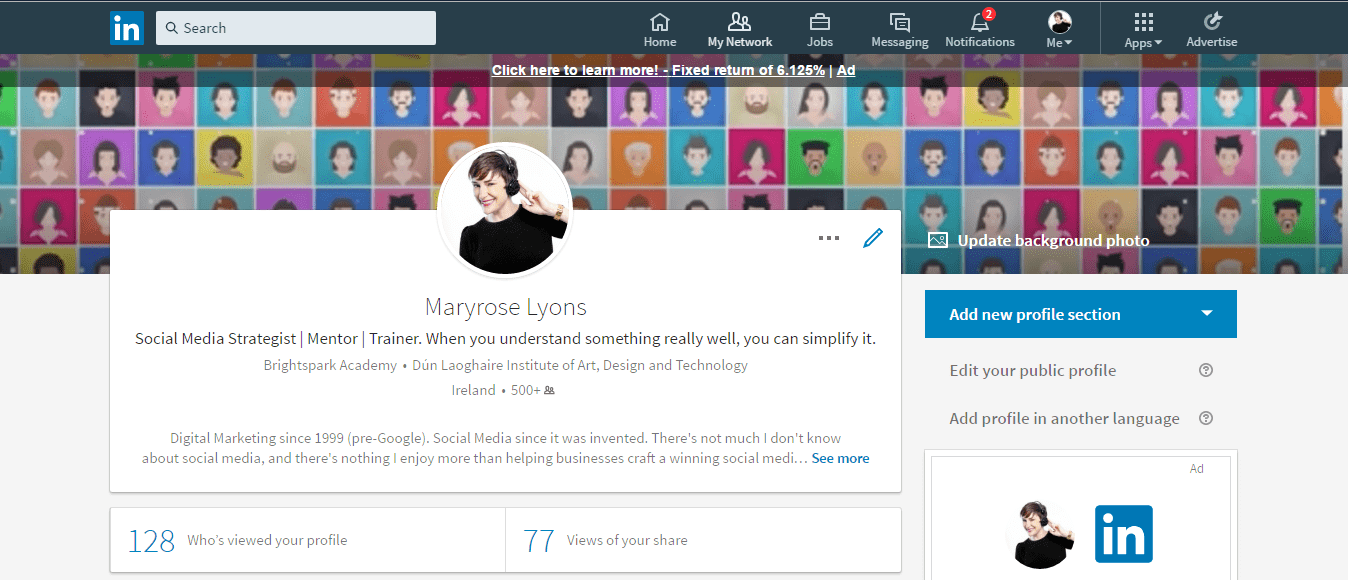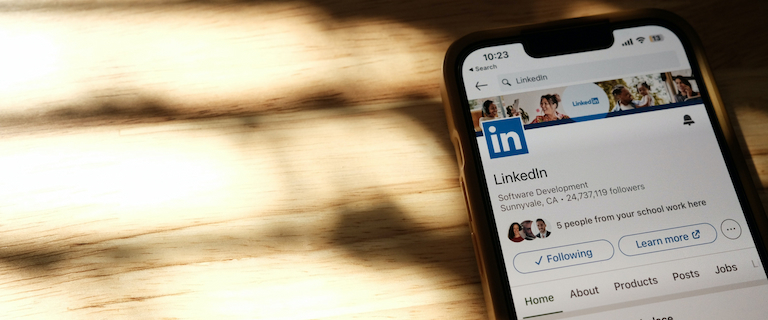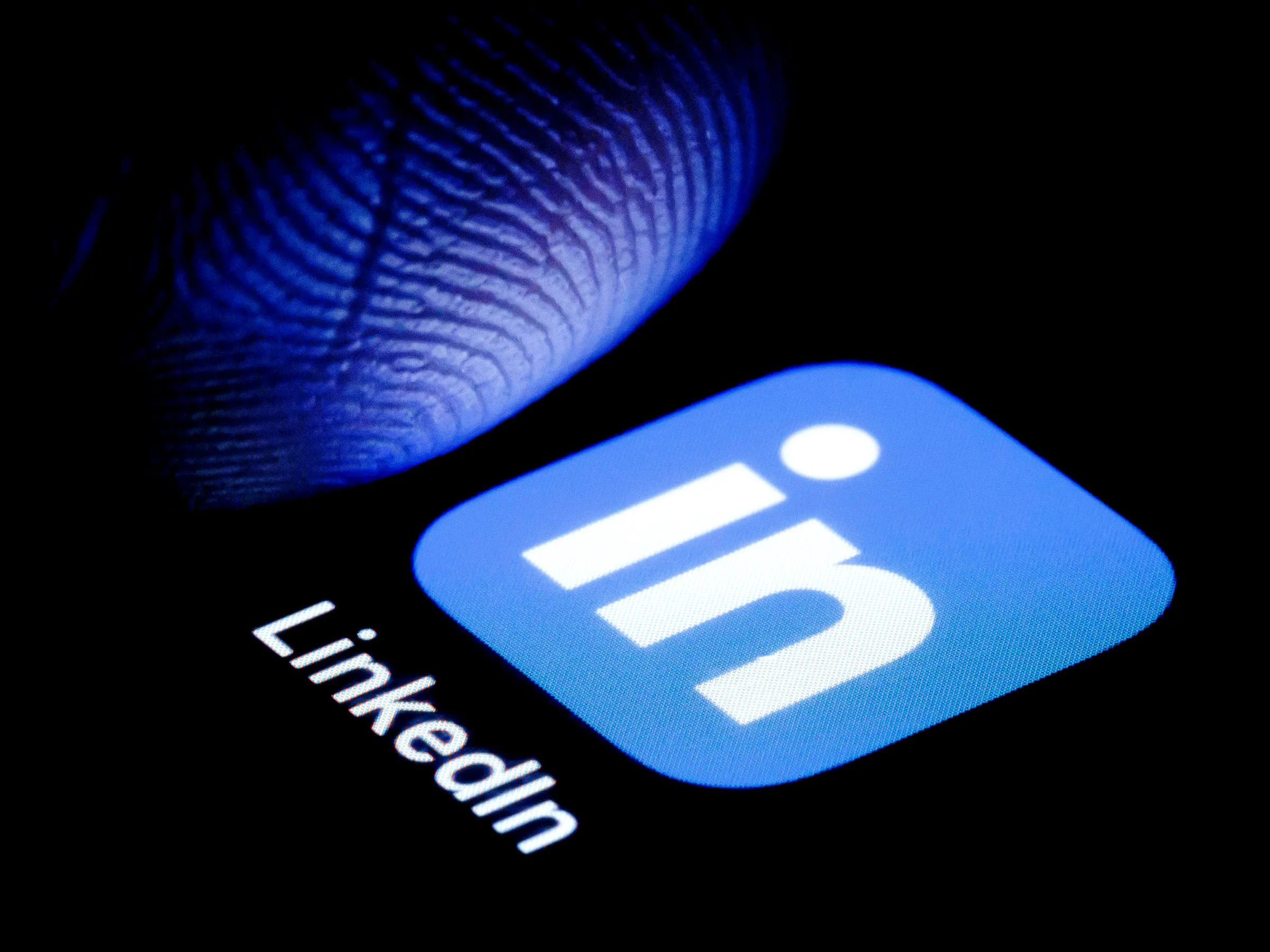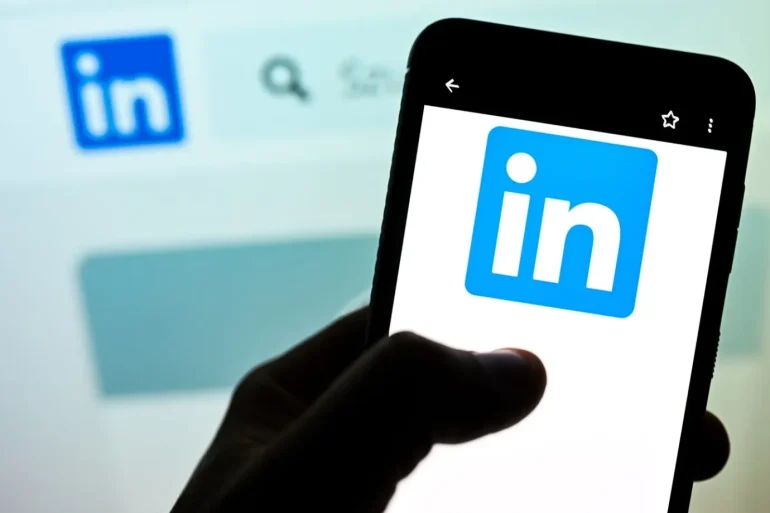In today’s digital-first world, your LinkedIn profile serves as far more than just an online resume—it’s your personal media kit, professional storefront, and brand headquarters all rolled into one powerful platform. Whether you’re seeking media coverage, building thought leadership, or establishing yourself as an industry expert, a media-ready LinkedIn profile can be the difference between being overlooked and being featured.
The modern professional world demands more than traditional networking. Journalists, podcast hosts, conference organizers, and industry influencers actively search LinkedIn for credible sources, compelling stories, and expert voices. When opportunity knocks, your profile needs to immediately communicate your expertise, accessibility, and media readiness. A well-optimized LinkedIn presence doesn’t just showcase your accomplishments—it positions you as the go-to authority in your field.
Creating a media-ready profile requires strategic thinking beyond basic optimization. It’s about crafting a narrative that resonates with both your target audience and media professionals who might feature your insights. From your headline to your content strategy, every element should work cohesively to build credibility and demonstrate your unique value proposition. The investment in perfecting your LinkedIn presence pays dividends through increased visibility, speaking opportunities, media mentions, and business growth.
This comprehensive guide will transform your LinkedIn profile into a media magnet that attracts the right attention and opens doors to unprecedented professional opportunities.
Craft a Compelling Visual Identity

Your visual presentation forms the foundation of media readiness, creating immediate credibility and recognition. Your profile picture should be a high-quality, professional headshot where your face occupies approximately 60% of the frame. This isn’t the place for casual snapshots or group photos—invest in professional photography that reflects your industry standards and personal brand.
The ideal LinkedIn profile picture uses dimensions between 400×400 and 7680×4320 pixels, ensuring crisp display across all devices. Your expression should be approachable yet authoritative, wearing attire appropriate for your industry. Remember, this image will likely accompany any media coverage, so choose something that represents how you want to be perceived publicly.
Your background photo provides additional branding real estate that many professionals underutilize. This space should reinforce your expertise, showcase your work environment, or highlight key achievements. Consider using branded graphics, speaking engagement photos, or industry-relevant imagery that tells your professional story at a glance.
Optimize Your Headline for Maximum Impact
Your LinkedIn headline is prime SEO real estate that appears in search results and networking interactions. Move beyond simple job titles to create a keyword-rich description that immediately communicates your value proposition. Instead of “Marketing Manager,” consider “Digital Marketing Strategist | SEO Expert | Content Creator Helping B2B Companies Scale Revenue.”
Effective headlines incorporate industry-specific words that journalists and media professionals might search for when seeking expert sources. Research trending terms in your field and naturally integrate them while maintaining readability. The 120-character limit demands precision, so every word should serve a purpose in positioning you as a media-worthy expert.
Consider including quantifiable achievements or unique qualifications that set you apart from competitors. Phrases like “Award-Winning,” “Featured Speaker,” or “Published Author” immediately signal media credibility and expertise to profile visitors.
Transform Your About Section Into a Compelling Story

Your About section serves as your elevator pitch, media bio, and credibility statement combined. Rather than listing accomplishments chronologically, craft a narrative that addresses your target audience’s challenges while showcasing your expertise. Begin with a hook that immediately captures attention and establishes your unique perspective.
Structure your About section with short paragraphs and strategic white space to improve readability. Start by identifying specific problems you solve, then demonstrate how your experience addresses these challenges through concrete examples and results. Include a clear call-to-action encouraging media professionals to connect for interviews, quotes, or collaboration opportunities.
Avoid overused buzzwords like “strategic,” “innovative,” or “results-driven” that have lost meaning through overuse. Instead, demonstrate these qualities through specific examples and measurable outcomes. Include relevant words naturally throughout the text to improve search visibility while maintaining authentic voice and personality.
Showcase Expertise Through Strategic Content
Media-ready professionals consistently share valuable insights that demonstrate thought leadership and industry expertise. Develop a content strategy that positions you as a reliable source for trending topics, industry analysis, and expert commentary. Regular posting keeps your profile active and signals to LinkedIn’s algorithm that you’re an engaged professional worth promoting.
Create content that journalists and media professionals find valuable—industry insights, trend analysis, behind-the-scenes perspectives, and expert commentary on current events. When breaking news occurs in your field, quickly share thoughtful analysis that demonstrates your expertise and availability for media interviews.
Incorporate multimedia content, including videos, infographics, and industry reports to increase engagement and showcase different aspects of your expertise. Rich media content performs better in LinkedIn’s algorithm and provides more opportunities to demonstrate your knowledge and communication skills.
Leverage the Featured Section Strategically

The Featured section allows you to highlight your best work, media appearances, and thought leadership content. Use this space to showcase recent media coverage, speaking engagements, published articles, or significant achievements that reinforce your expertise. This section serves as a portfolio for media professionals evaluating your credibility and communication skills.
Organize featured content strategically, leading with your most impressive and recent accomplishments. Include media appearances, podcast interviews, conference presentations, and published thought leadership pieces. Each item should include compelling descriptions that explain the significance and impact of your work.
Regular updates to your Featured section keep your profile fresh and demonstrate ongoing activity and relevance in your field. This dynamic content signals to visitors that you’re actively engaged in your industry and available for new opportunities.
Build Credibility Through Recommendations and Endorsements
Social proof plays a crucial role in media readiness, with recommendations and endorsements serving as third-party validation of your expertise. Actively seek recommendations from colleagues, clients, and industry peers who can speak to your professional capabilities and character. Quality recommendations that include specific examples and outcomes carry more weight than generic endorsements.
When requesting recommendations, provide context about your goals and suggest specific achievements or qualities you’d like highlighted. This guidance helps recommenders craft more targeted and valuable testimonials that support your media-ready positioning.
Skills endorsements, while less detailed than recommendations, contribute to your profile’s keyword optimization and search visibility. Regularly review and update your skills section to reflect current expertise and industry trends, ensuring alignment with the media professionals might use when searching for expert sources.
Maintain Consistent Engagement and Networking
Media readiness requires ongoing engagement with your professional network and industry conversations. Regularly comment thoughtfully on posts from industry leaders, share relevant content with your insights, and participate in LinkedIn groups related to your expertise. This activity increases your visibility and demonstrates active participation in professional discussions.
Build relationships with journalists, podcast hosts, and industry influencers by engaging with their content and offering valuable insights. When you consistently provide thoughtful commentary, you become a recognized voice in their network, increasing the likelihood of being contacted for media opportunities.
Monitor industry hashtags and trending topics to identify opportunities for timely commentary and thought leadership. Quick, insightful responses to breaking news or industry developments can position you as a go-to expert for media professionals seeking immediate expert perspectives.

